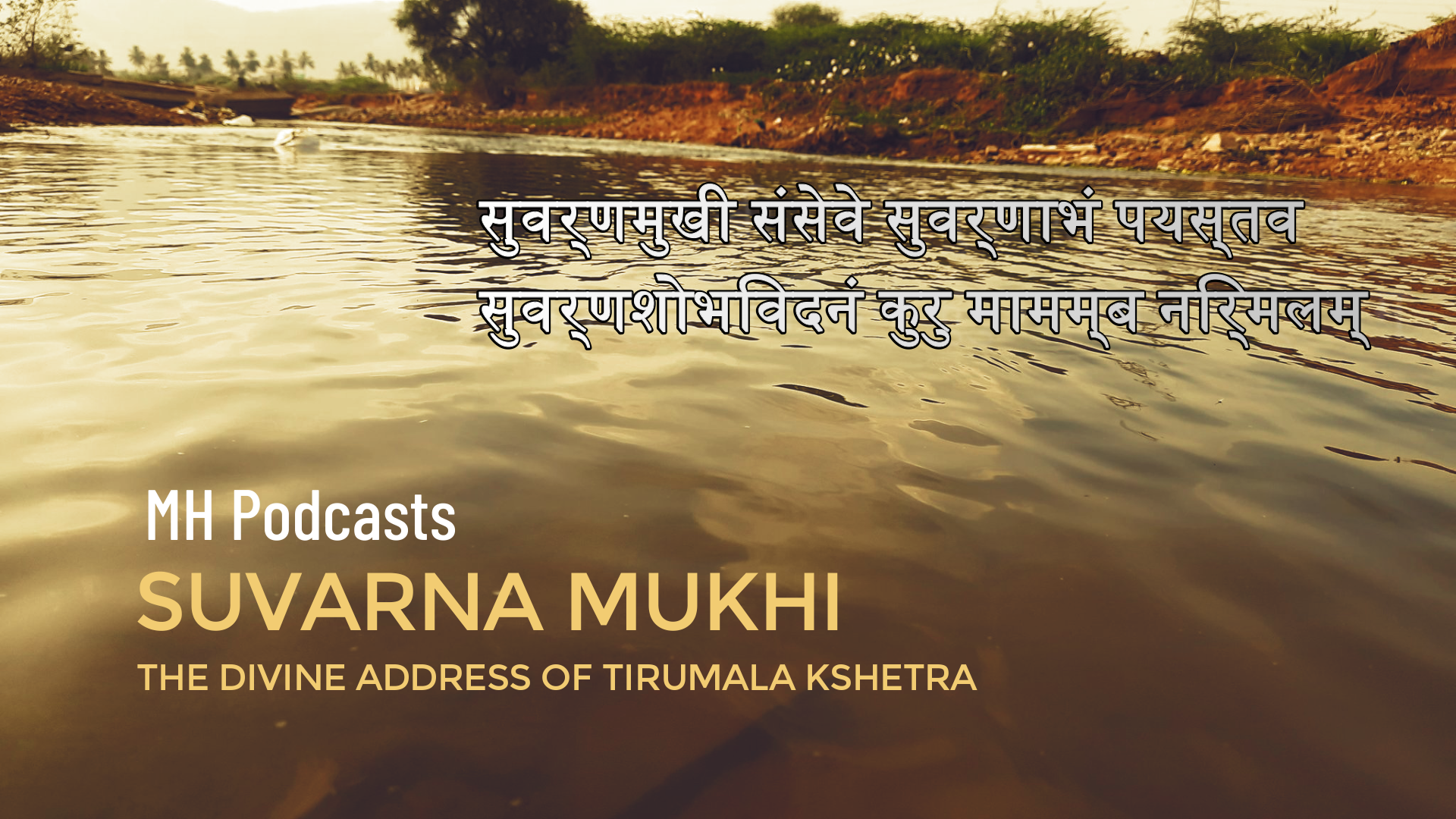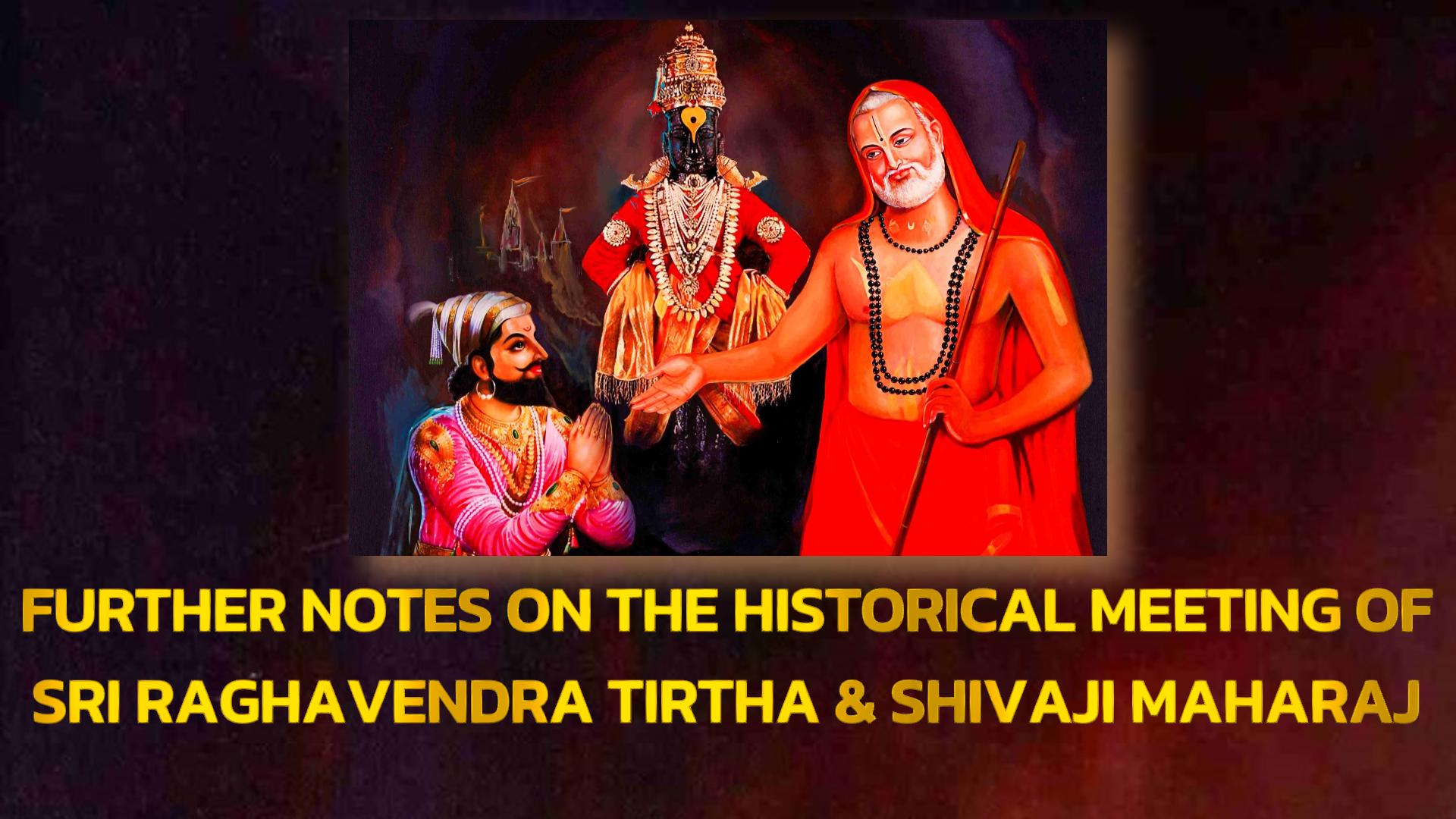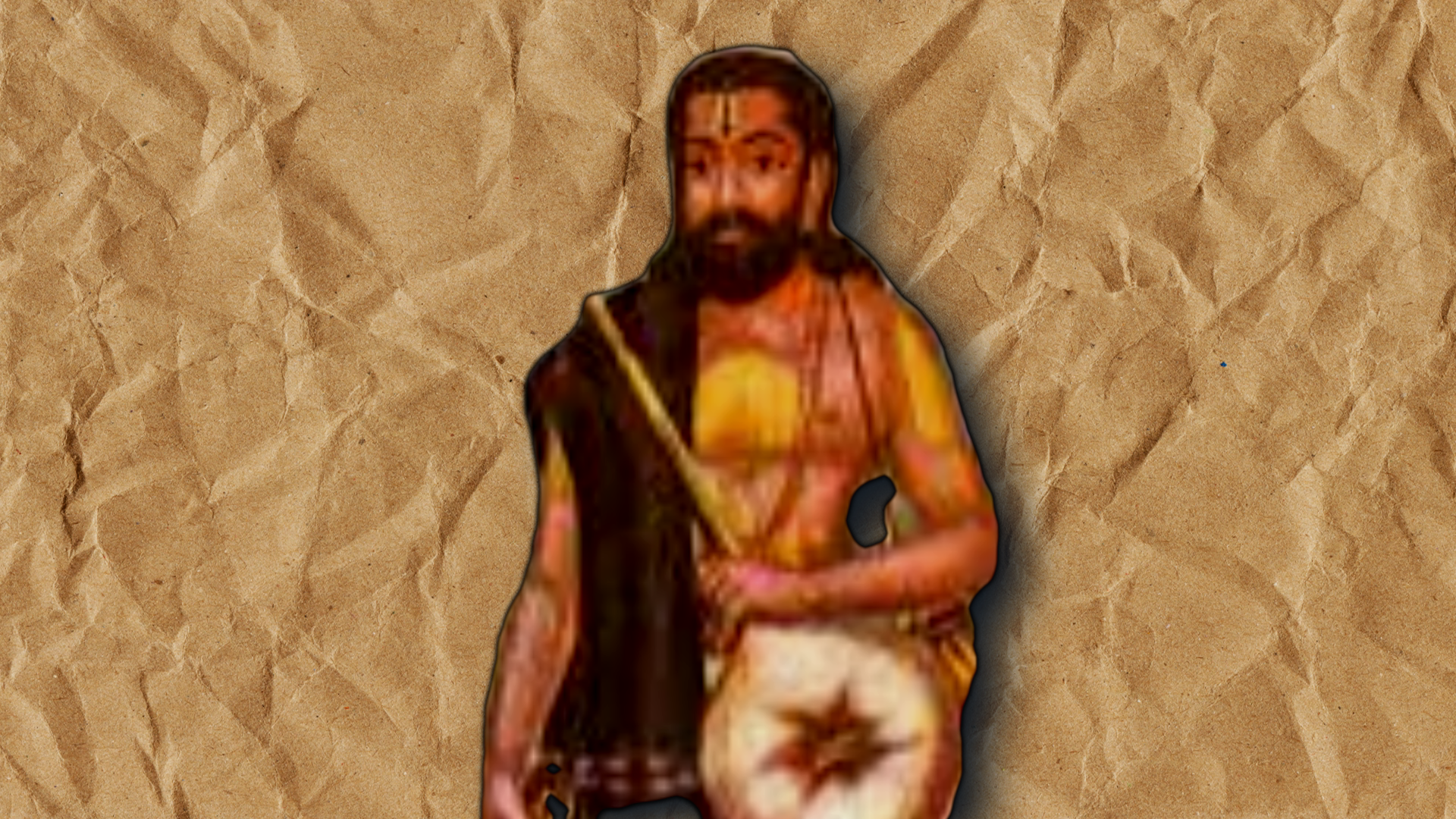SUVARNAMUKHI – THE DIVINE ADDRESS OF TIRUMALA
The accuracy of Puranic narratives can be better explained with the help of Suvarnamukhi River and Tirumala Kshetra. Veda Vyasa, in all the Puranas that speak about Tirumala, always cites Suvarnamukhi as the ‘divine address’ to reach Venkatagiri.
This article tries to elaborate this aspect.
Tiruvengada Kottam & Suvarnamukhi River:
Historically speaking, the present day areas such as Chandragiri, Kalahasti and other surrounding areas were part of a revenue division called Tiruvengadakottam.
The earliest known reference to this name was found in Pallavas’ reign. Since the time of Pallavas of Prakruta charter and up to the end of Vijayanagara Empire, this revenue division continued to exist with little or no modifications to its boundaries. Thus, historically the whole of downhill and the plains of this part has been referred to as Tiruvengadakottam.
Geographical references inform that Suvarnamukhi originates in Chandragiri hills which is again part of Seshachala hill range belonging to the extensive Eastern Ghats. Suvarnamukhi travels a distance of 130 KMs approximately and has very small catchment area of roughly around 3,000 sq.KMs . It finally drains itself into Bay of Bengal (Purva Samudra).
It doesn’t have any major tributaries except a small riverlet called Kalyani river which originates in Tirumala hills but immediately merges into Suvarnamukhi at Tondavada (Agastheeshwaralaya).
Puranic Narratives:
According to Puranas, Suvarnamukhi is one of the holiest rivers of Bharata Desha. I have collected following shlokas from 4 Puranas that are available to me.
Bhavishyottara Purana, 2 – 40, 41, 42
इतिसंकल्प्यगॊविंदॊलीलामानुषविग्रहः
मायावीपरमानंदंत्यक्त्वावैकुंठमुत्तमम्
गंगायादक्षिणॆदॆशॆयॊजनानांशतत्रयॆ
सुवर्णमुखरीनामनदीनांप्रवरानदी
शुकस्यवरदापुण्याअगस्त्यमुनिपूजिता
तस्याऎवॊत्तरॆतीरॆक्रॊशार्थद्वयमात्रकॆ
Markandeya Purana (2-67)
वैकुंठलॊकात्गरुडॆनविष्णॊःक्रीडाचलॊवॆंकटनामधॆयः
आनीयचस्वर्णमुखीसमीपॆसंस्थापितॊविष्णुनिवासहॆतॊः
Skanda Purana 2-1-28, 77, 78
गंगायाःदक्षिणॆभागॆद्विशतीयॊजनॆद्विज
पूर्वांबॊधॆःपश्चिमॆतुपंचभिर्यॊजनैर्मितॆ
सुवर्णमुखरीतीरॆचॊत्तरॆक्रॊशमात्रकॆ
वॆंकटाद्रिरितिख्यातःसर्वलॊकनमस्कृतः
Brahma Purana 1-6, 7
मॆरुपुत्रॊमहाशैलॊजांबूनदनदीतटॆ
यॊजनत्रयविस्तीर्णःत्रिंशद्यॊजनमायतः
वॆंकटॆतिकृतंनामपित्रातस्यमहात्मनः
Brahma Purana 1-46, 47
प्रचलन्वर्त्मचॊल्लंघ्यदूरंलक्षार्धयॊजनम्
उत्तरॆदक्षिणांबॊधॆःद्वात्रिंशद्यॊजनांतरॆ
पूर्वांबॊधॆःपश्चिमॆतुपुण्यॆस्वर्णमुखीतटॆ
पपातवॆगतॊवायॊःशैलःशॆषसमन्वितः
It is interesting to note that in all the Puranic texts, Tirumala has been described as a holy place located on the banks of Swarnamukhi. But, at present, Suvarnamukhi doesn’t flow in downhill (Tirupati) and neither flowing down from uphill (Tirumala).
But there available the river tracts in and around Tirupati that confirm the flow of Suvarnamukhi quite close to Tirumala hills. Hereunder are some of the photos:

Agastheeshwara Temple, Tondavada standing on the banks of Suvarnamukhi

Mandapam in the middle of the dried river bed of S. Mukhi – Located opposite to Agastheeshwara temple, Tondavada
It is evident that the Purana shlokas mentioned above have always given the location details of Tirumala by keeping Swarnamukhi as the closest landmark. Thus the shlokas are establishing an inseparable link between Tirumala and Swarnamukhi.
In Bhavishyottara Purana , Vakuladevi leaves for Narayanapuram and on the way meets up with the maids of Padmavathi at Agastya Ashrama i.e. Tondavada. Here Vedavyasa writes as “हय मारुह्य बकुला सुवर्णमुखरीं तदा” which means that as soon as Bakula descended Tirumala hills, she reached Swarnamukhi river on which banks Agasthya consecrated a Shiva temple (तीर्त्वा अगस्त्याश्रमम् प्राप्य….शिवालये शिवं द्रष्टुं).
In addition to this, Shrinivasa in the guise of Koravanji (ఎరుకలసాని, ಕೊರವಂಜಿ, Female fortune-teller) when gives out soothsaying to Dharanidevi, He says “श्री वॆंकटगिरीशं च कालहस्तीश्वरं हरम्” thus giving a hint that Venkatagiri & Kalahasthi are part of same Kshetra.
Distance between the River & the Hill:
Here there is a need for experts’ help as there are differences in the Purana shlokas about the distance between the river and the hill.
For e.g. Bhavishyottara gives the distance as 21/2 Krosha (क्रॊशार्थद्वय मात्रकॆ) and Skaanda puts it at 1 Krosha (सुवर्णमुखरी तीरॆ चॊत्तरॆ क्रॊश मात्रकॆ). If I am not wrong, 1 Krosha is roughly around 3.5 KM and the same could be taken the lowest span of a Vyuha.
As this calculation is beyond my capability, I leave it for the learned ones to figure out.
*****



